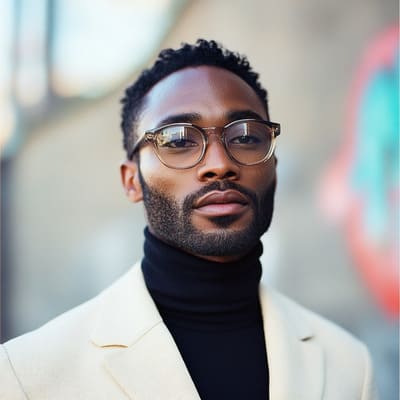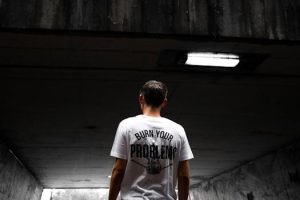The Power of Fashion in Political Movements
Fashion has always been a powerful form of self-expression and identity. But what many may not realize is that it also has the power to make a political statement and drive social change. From the suffragette movement to modern day activism, fashion has played a significant role in shaping political movements. In this article, we delve into the fascinating world of fashion and its impact on political causes. How has fashion been used as a tool for social revolution? What are some iconic fashion moments that have helped propel political movements forward? Let’s explore the power of fashion in political movements.
The Historical Role of Fashion in Political Movements
Throughout history, clothing has been used as a means of non-verbal communication. It has been used to signal social status, cultural identity, and even rebellion. In the realm of political movements, fashion has proven to be a powerful tool to express dissent and challenge societal norms.
The Suffragette Movement and the Symbolism of the Color Purple
In the early 20th century, women in the United Kingdom and United States fought tirelessly for their right to vote. Led by the suffragettes, this movement sought to challenge the patriarchal norms of society. And what better way to do it than through fashion?
The suffragettes wore a signature color – purple. It was seen as a symbol of both femininity and royalty, and the women’s rights movement sought to reclaim it as a symbol of strength and independence. The color purple was used in sashes, ribbons, and even on protest banners, making it a visible and powerful statement of solidarity among suffragettes.
The 1970s and the Rise of Punk Fashion
In the 1970s, the punk subculture emerged as a countercultural movement that challenged the status quo. Punk fashion was loud, rebellious, and often provocative. It was a way for young people to express their frustration with society and its institutions.
Punk fashion also had political undertones, with many punks using their style to protest against the government and societal norms. The iconic image of British punk icon Vivienne Westwood wearing a t-shirt with the slogan “Destroy” exemplifies the rebellious nature of punk fashion and its role in political movements.
Fashion as a Form of Activism
As society continues to grapple with social and political issues, fashion has become a medium for activism. From climate change to gender equality, fashion has been used to raise awareness and make a statement about important causes.
The Rise of Sustainable Fashion
One of the most pressing issues of our time, climate change has caught the attention of the fashion industry. Fast fashion, with its cheap and disposable clothing, has been criticized for its contribution to waste and pollution.
In response, sustainable fashion has gained traction, with many designers and brands incorporating eco-friendly practices into their production processes. This movement not only aims to reduce the negative impact of fashion on the environment but also challenges consumers to adopt a more conscious and responsible approach to fashion consumption.
Fashion and the LGBTQ+ Movement
Fashion has long been used as a means of self-expression for the LGBTQ+ community. But in recent years, it has also become a platform for activism. Designer labels like Calvin Klein and Levi’s have released pride collections, with a portion of the proceeds going towards LGBTQ+ organizations. These collections not only celebrate diversity but also show solidarity and support for the LGBTQ+ community.
The Future of Fashion and Political Movements
The power of fashion in political movements has been demonstrated time and again. But as we move towards a more connected and digitized world, the role of fashion in activism will continue to evolve.
Social media has become a powerful tool for political advocacy, and fashion influencers are using their platforms to bring attention to important causes and drive social change. From using their platforms to raise awareness to collaborating with brands that align with their values, fashion influencers are making a significant impact in the realm of activism.
The Need for Authenticity
As with any form of marketing or branding, there is a risk of fashion and political movements being exploited for profit. Brands that jump on the bandwagon without a genuine commitment to the cause can be seen as performative and insincere, which can damage their reputation.
The future of fashion and political movements will require authenticity and a genuine desire to make a difference. Consumers are becoming more conscious of their personal values and are choosing to support brands that align with those values.
In Conclusion
Fashion has always been more than just clothing – it is a means of expression, identity, and now, activism. From the suffragette movement to modern-day issues, fashion has been used to make a political statement and drive social change. As we continue to grapple with social and political issues, fashion will undoubtedly play a significant role in shaping political movements for years to come.
So the next time you put on that statement t-shirt or choose to shop sustainably, remember that your fashion choices have the power to make a difference in the world.









